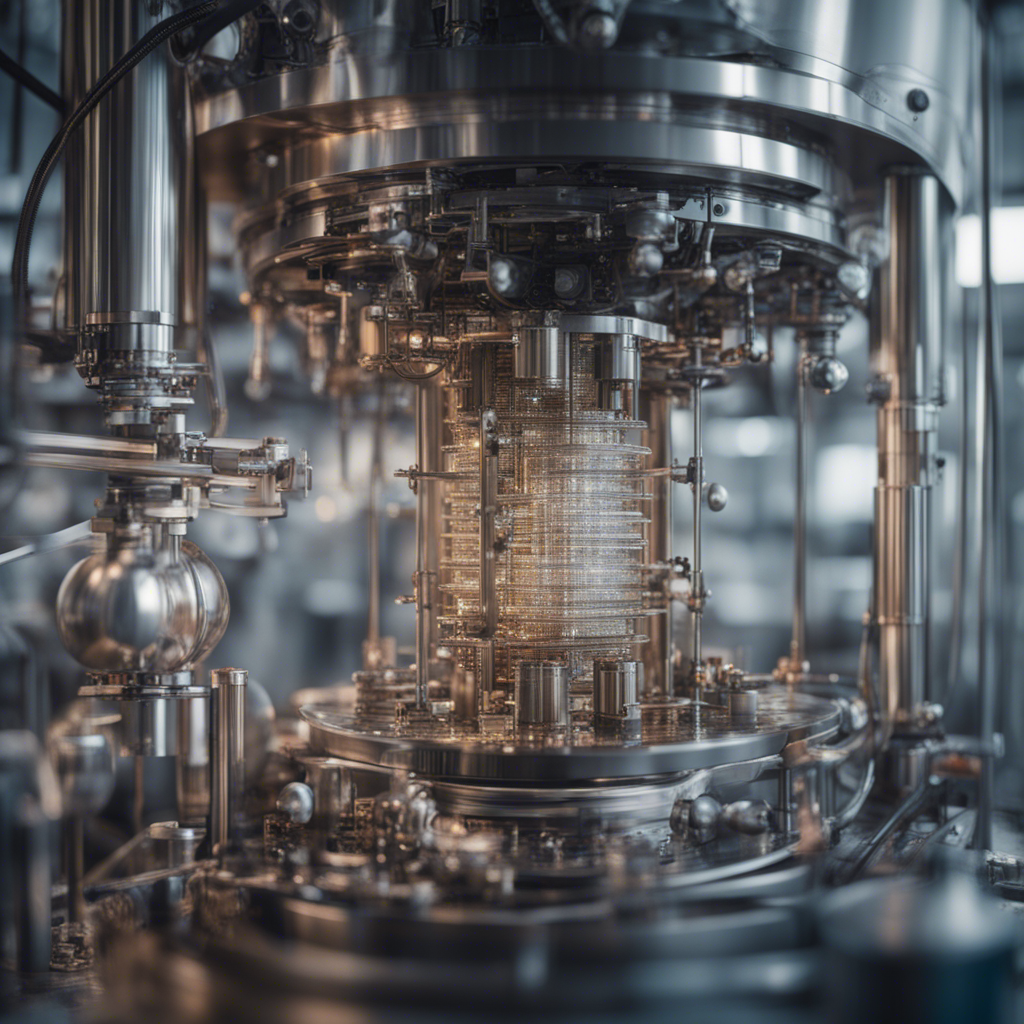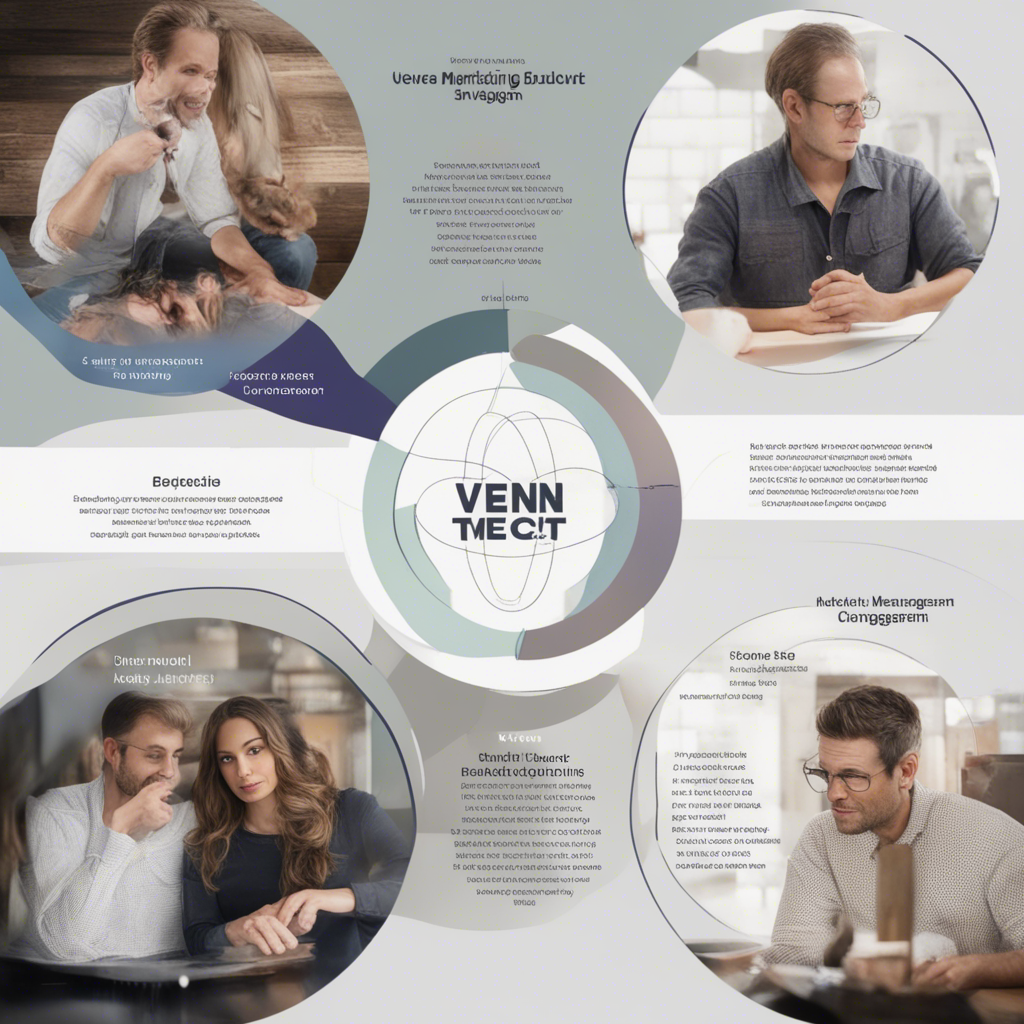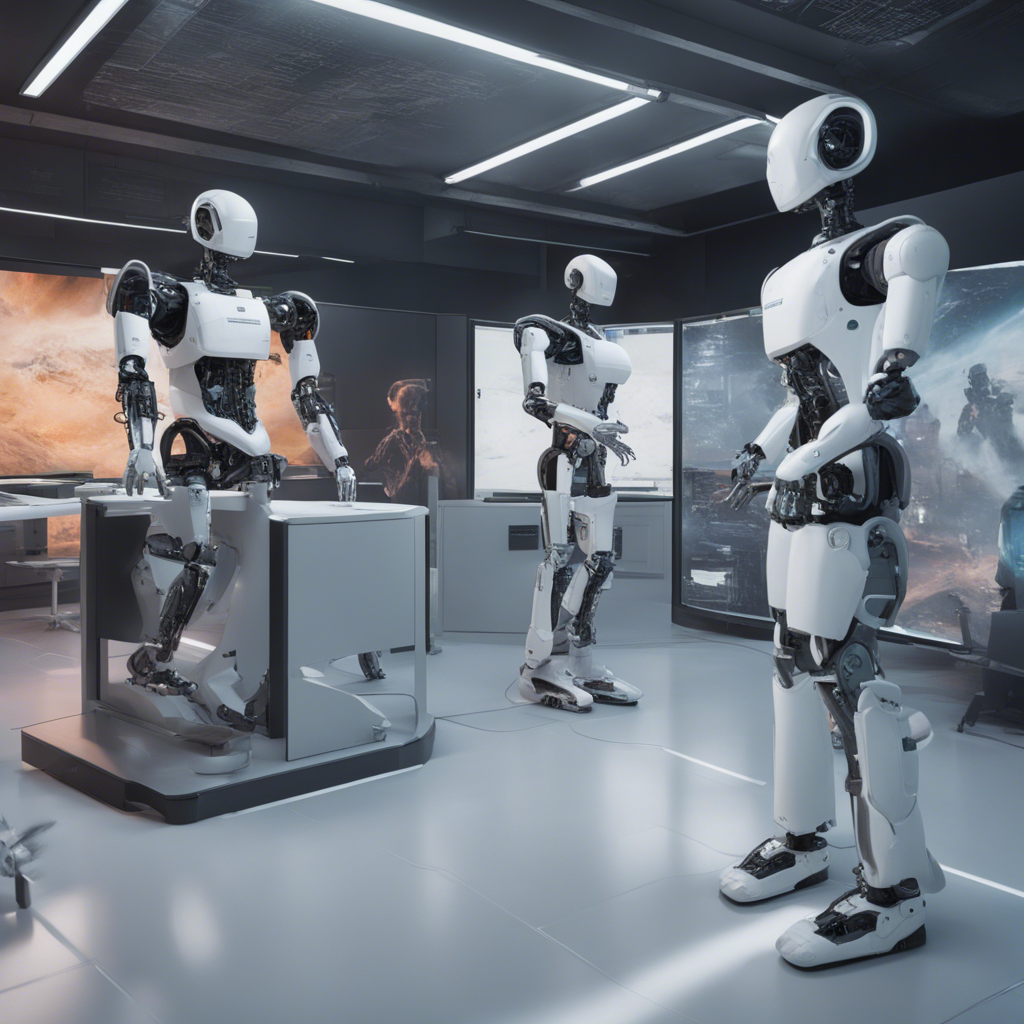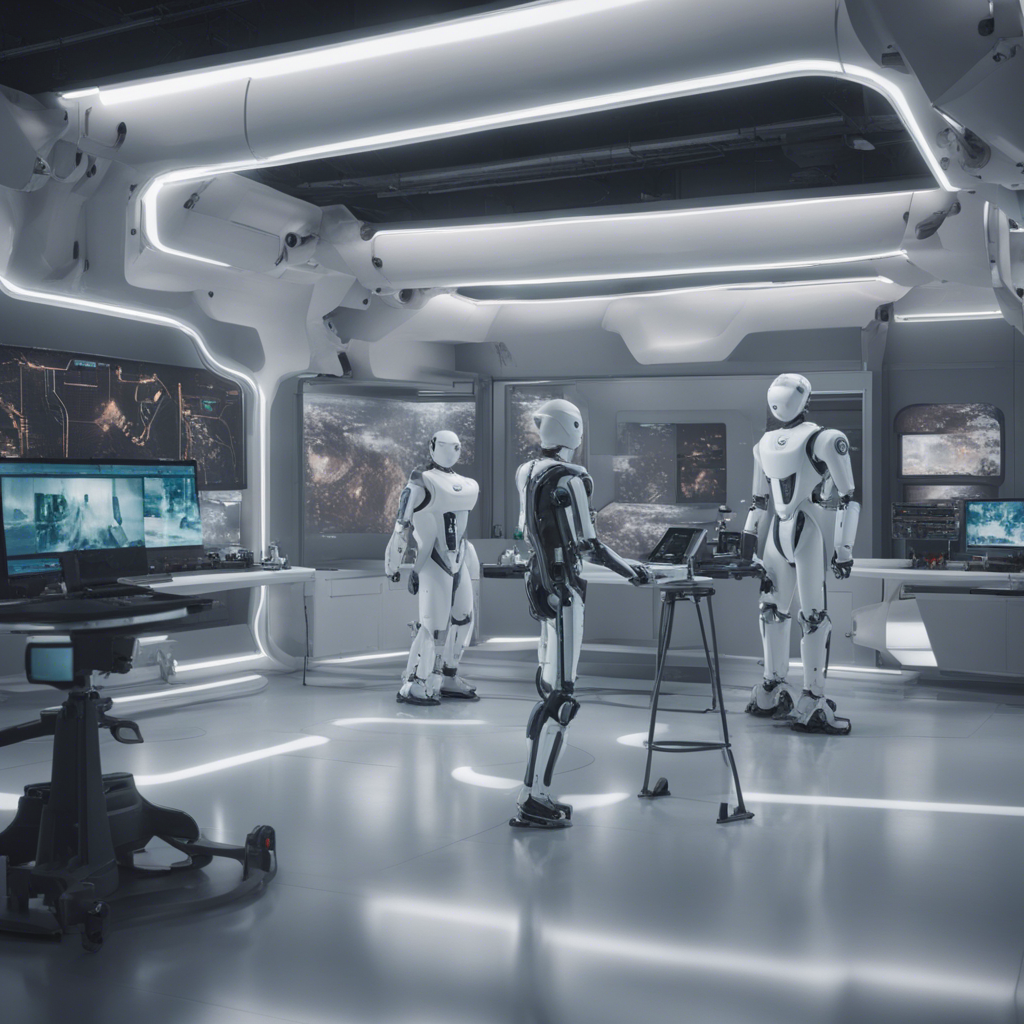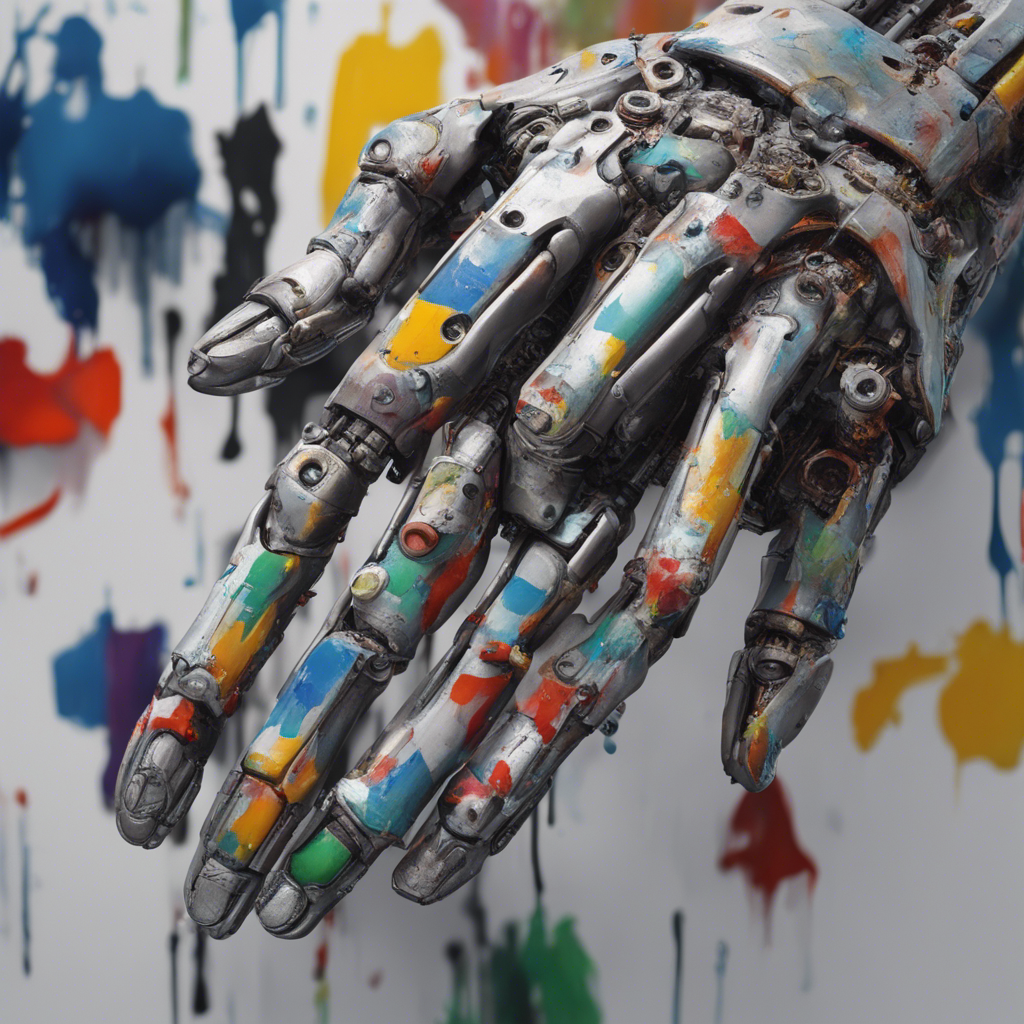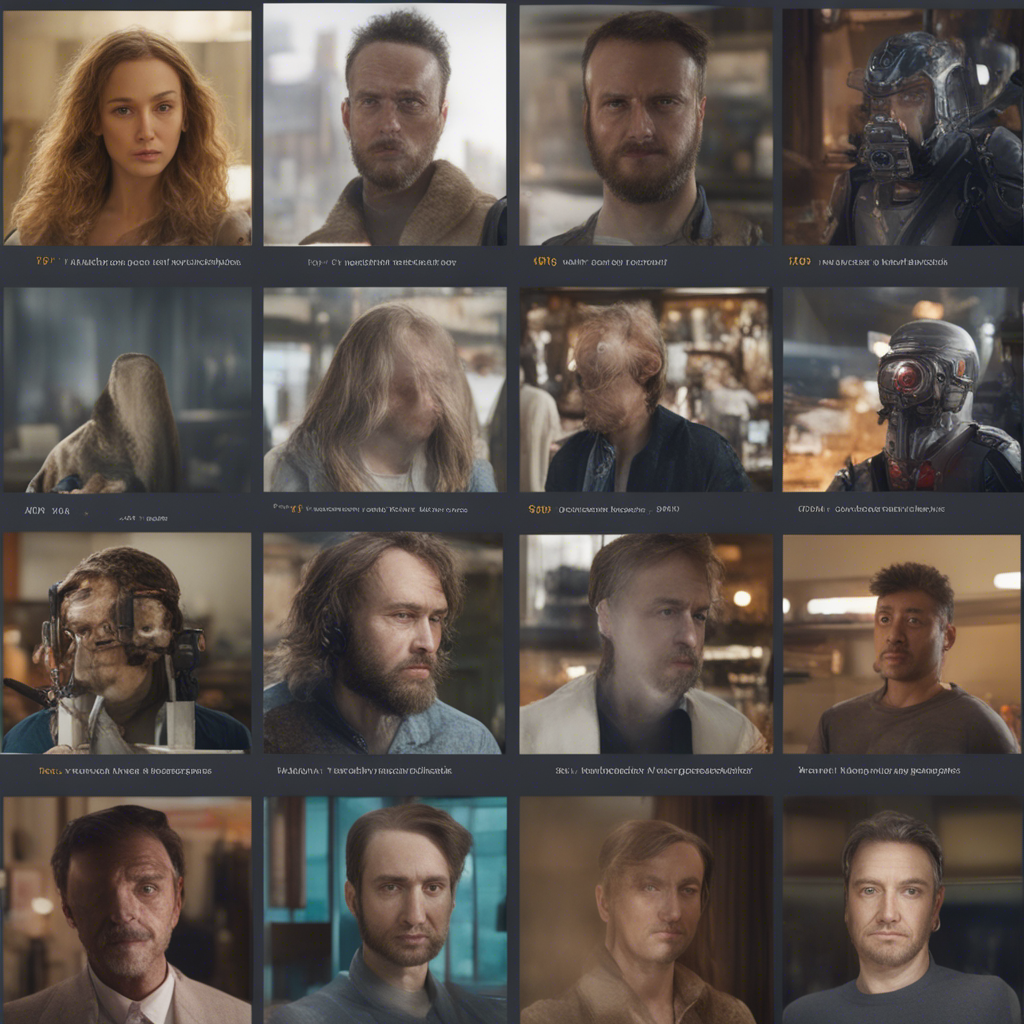
Misconceptions about Artificial Intelligence: Busting Myths
Artificial Intelligence (AI) has become a buzzword in recent years, prompting a mix of excitement and apprehension. As with any emerging technology, AI is surrounded by a number of misconceptions. In this blog post, we aim to debunk some of these myths and provide a clear understanding of what AI is and what it is not.
Myth 1: AI will Replace Humans
One of the most common misconceptions about AI is that it will completely replace human workers, leading to widespread unemployment. While it is true that AI has the potential to automate certain tasks, it is not capable of replicating the full range of human abilities.
According to a report by McKinsey, only about 5% of all occupations can be fully automated. AI is more likely to augment human capabilities, assisting with complex decision-making, data analysis, and repetitive tasks. In fact, the World Economic Forum predicts that AI will create more jobs than it displaces by 20251.
Myth 2: AI is Superintelligent and Poses Existential Threats
Popular culture often portrays AI as being superintelligent and capable of outsmarting humans. This misconception stems from the portrayal of AI in movies and books. However, it is far from the truth.
Currently, AI systems are designed to perform specific tasks and are limited by their programming. While AI can excel at tasks such as image recognition or natural language processing, it lacks the broad understanding and adaptability of human intelligence. The idea of superintelligent AI posing an existential threat to humanity is purely speculative and not supported by scientific evidence.
Myth 3: AI is Biased and Discriminatory
Another misconception surrounding AI is that it perpetuates biases and discrimination. This misconception arises from the fact that AI systems learn from historical data, which may contain inherent biases. However, this does not mean that AI systems are inherently biased.
The bias in AI systems can be addressed by using diverse and representative datasets during the training process. Researchers are actively working on developing algorithms and techniques to mitigate bias in AI systems. It is crucial to remember that bias in AI is a result of human bias in data collection and not an inherent flaw of the technology itself.
Myth 4: AI will Take over the World
The fear of AI turning into a malevolent force and taking control of the world is a common misconception perpetuated by science fiction. In reality, AI is just a tool created by humans, and its actions are determined by the goals and values programmed into it.
AI systems are not conscious entities capable of independent thought or self-awareness. They operate within the boundaries set by their creators and are programmed to behave in specific ways. The ethical use of AI technology lies in the hands of humans, and it is our responsibility to ensure that AI is used for the betterment of society.
Myth 5: AI is Always Expensive and Difficult to Implement
Contrary to popular belief, AI is not always prohibitively expensive or difficult to implement. While there may be initial costs associated with developing or acquiring AI systems, the long-term benefits and cost savings can outweigh the upfront investment.
Additionally, there are various open-source AI frameworks and tools available, along with cloud computing platforms that offer AI capabilities, making it more accessible to businesses and individuals. The key lies in understanding the specific use cases and requirements, and choosing the right AI solution that aligns with the organization’s goals.
Myth 6: AI will Solve All Problems and Cure Diseases
AI is a powerful tool with immense potential, but it is not a magical solution that can solve all problems or cure diseases. AI systems are only as good as the data they are trained on and the algorithms they use. They are tools that can assist in addressing complex problems and making predictions based on patterns in data.
While AI has shown promise in various areas such as healthcare and disease diagnosis, it should not be seen as a replacement for human expertise. The collaboration between AI and human intelligence is critical for achieving the best outcomes.
Conclusion
Artificial Intelligence is a rapidly evolving field that holds tremendous potential for improving various aspects of our lives. However, it is important to dispel the misconceptions surrounding AI and gain a clear understanding of its capabilities and limitations.
AI is not a sentient being out to replace humans or take over the world. It is a tool that, when used ethically and responsibly, can enhance human decision-making, automate repetitive tasks, and aid in problem-solving. By addressing biases, ensuring transparency, and promoting responsible AI practices, we can harness the true potential of AI and shape its development for the benefit of society.
Remember, AI is a tool created by humans, and it is up to us to use it wisely.
-
McKinsey Global Institute. (2017). Jobs lost, jobs gained: Workforce transitions in a time of automation. Retrieved from https://www.mckinsey.com/featured-insights/future-of-work/jobs-lost-jobs-gained-what-the-future-of-work-will-mean-for-jobs-skills-and-wages ↩︎

